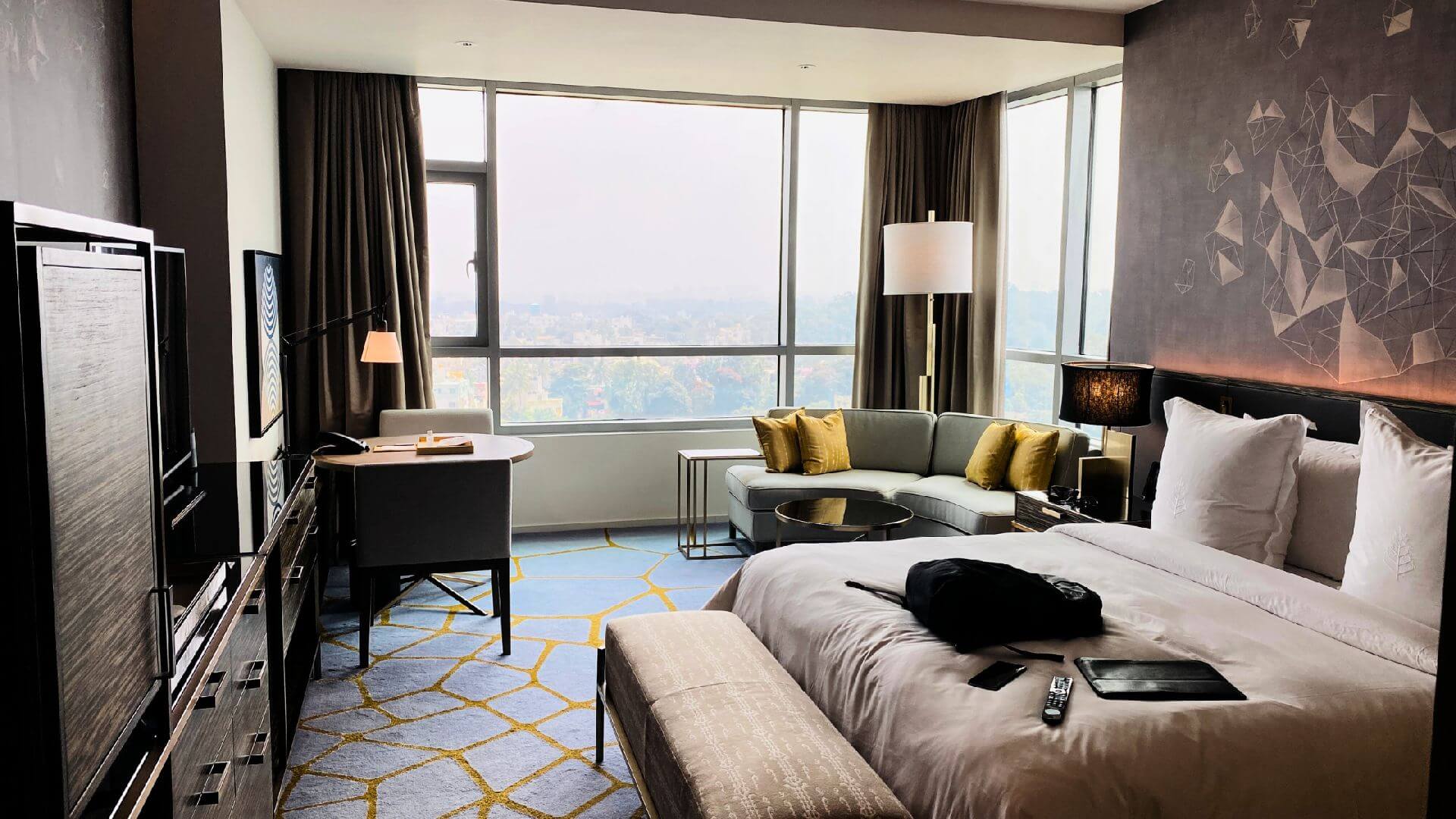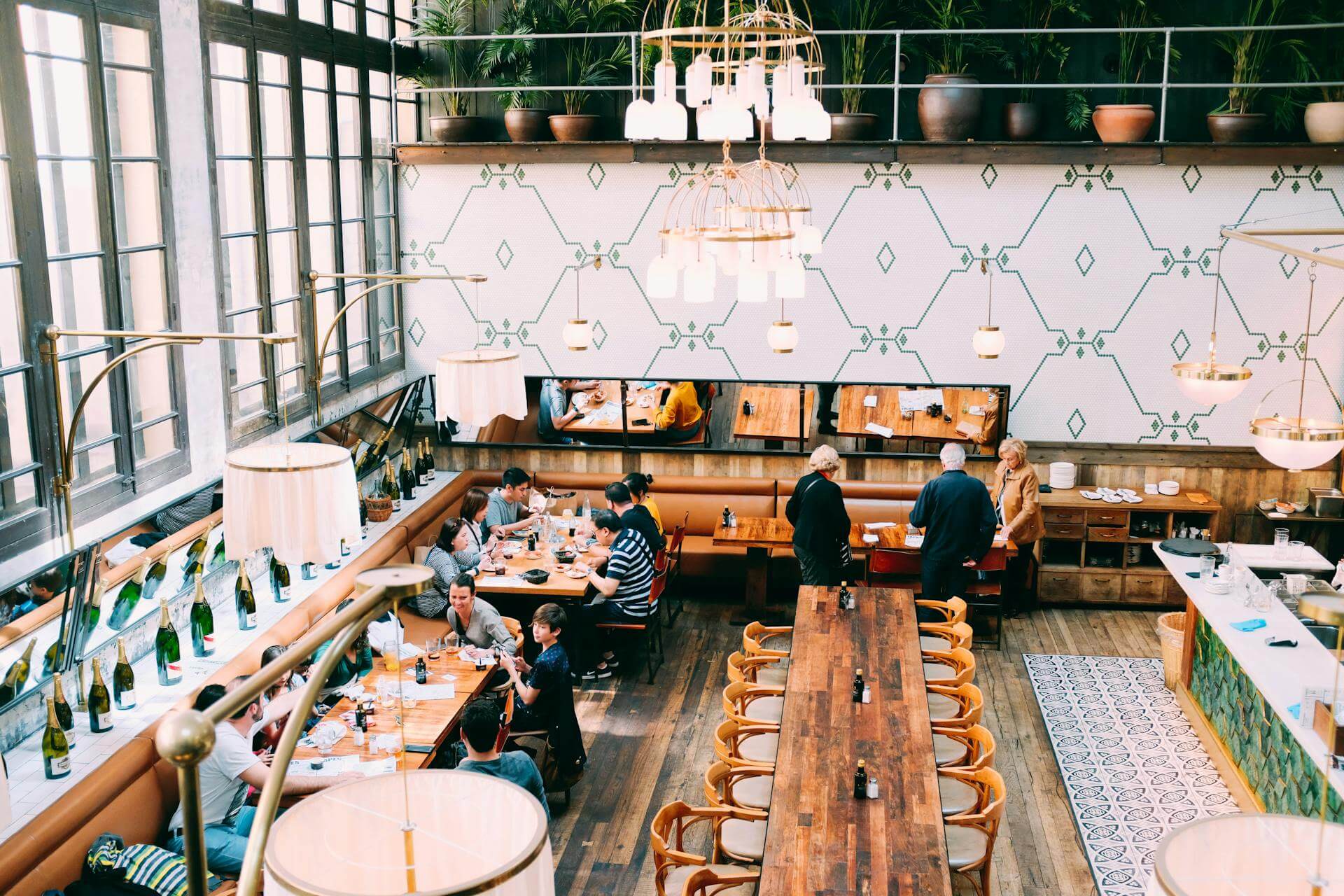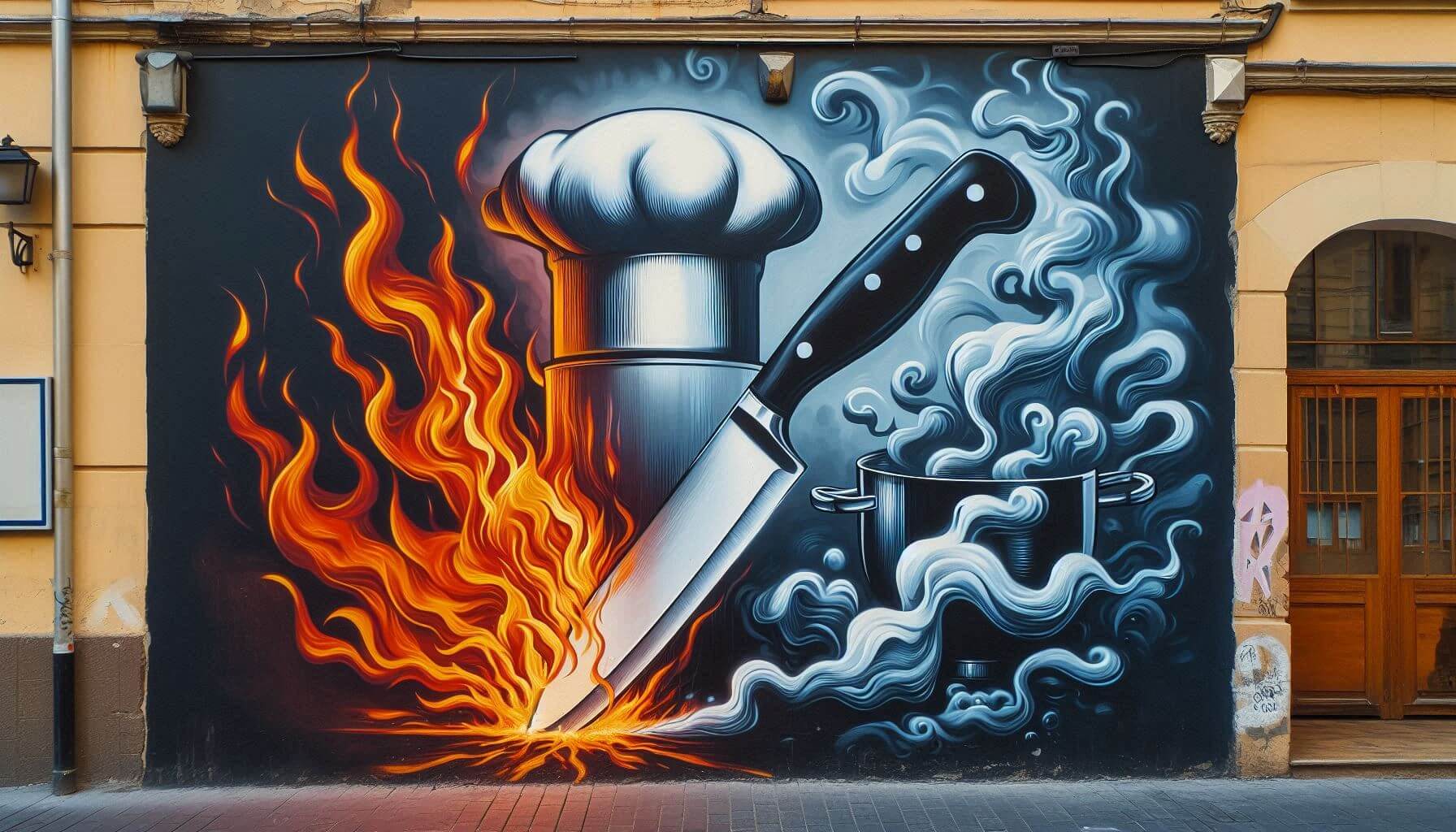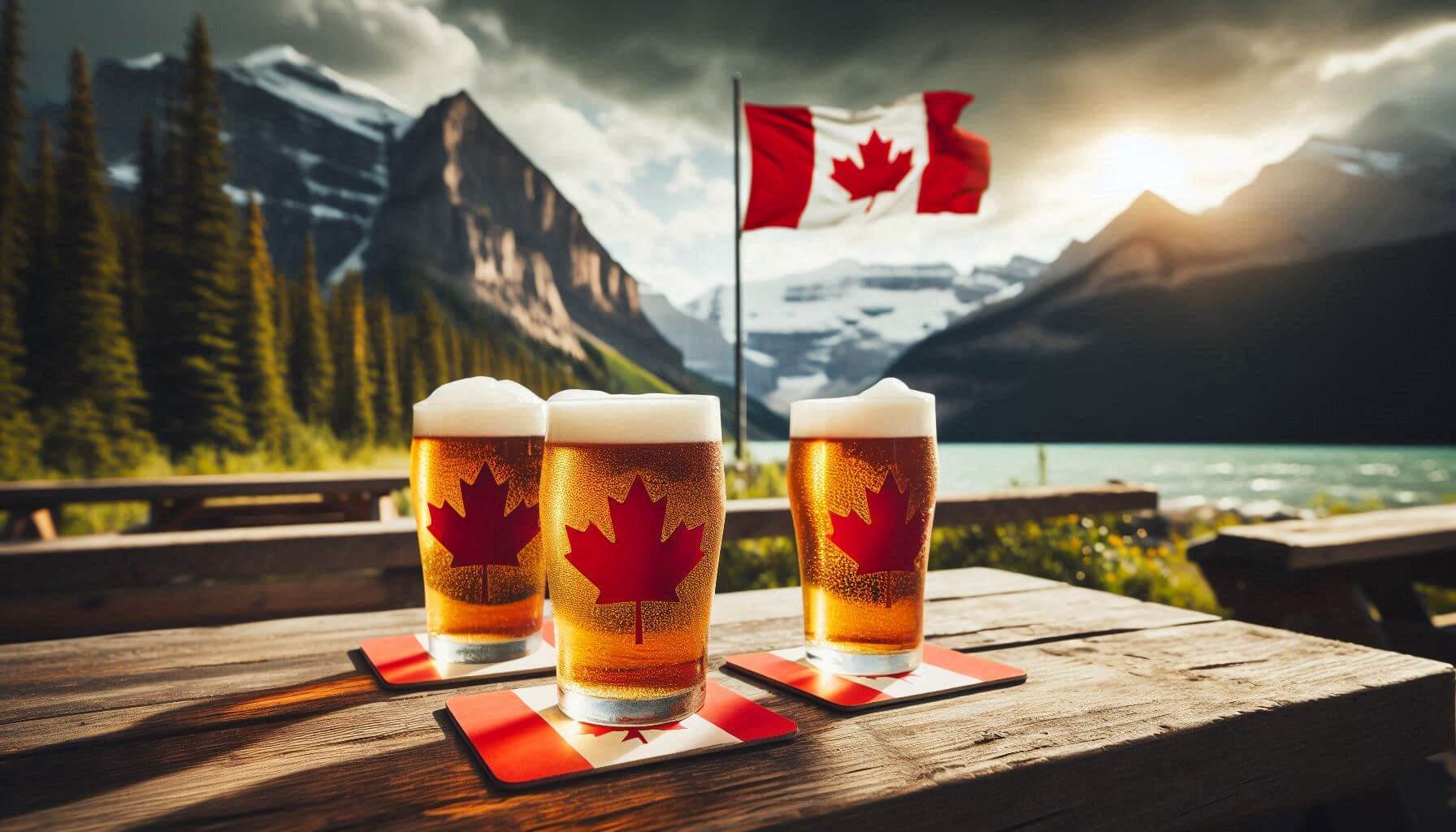Hotel Total + Guest Revenue Management: A Comprehensive Approach
by Doug Radkey

In the evolving landscape of hotel revenue management, the focus on traditional metrics like RevPAR (Revenue Per Available Room) and ADR (Average Daily Rate) is shifting.
While these metrics have been the gold standard for assessing a hotel’s performance, they no longer provide a complete picture.
Why, you ask? Because guest expectations and spending patterns have evolved. Hotels are not just places to stay; they are multi-faceted destinations offering a variety of services, such as dining, spa treatments, recreational activities, events, and more.
RevPAR and ADR measure performance based solely on room occupancy and rates, which overlooks the revenue generated from these additional services. They do not account for on-premise spending by guests on activities, food and beverage, wellness services, or other ancillary revenue streams that can impact a hotel’s overall profitability significantly.
Further, these traditional metrics fail to capture the qualitative aspects of the guest experience, such as personalized services, guest satisfaction, and long-term loyalty, all of which play a crucial role in a hotel’s success.
In essence, relying exclusively on RevPAR and ADR can lead to a narrow, and potentially misleading, view of a hotel’s financial health, missing out on opportunities to build a true legacy within this industry.
Where do we go from here, then? Enter Total Revenue Management (TRM) and Revenue Per Available Guest (RevPAG). These “new” metrics offer a more holistic view of a hotel’s financial health, moving beyond just room revenue to encompass the total guest experience, and the entire property’s revenue potential.
Understanding Total Revenue Management (TRM)
Total Revenue Management is a modernized approach that measures and maximizes revenue across all revenue streams within a hotel.
This includes rooms, food and beverage, spa services, recreational activities, and any other revenue-generating departments. TRM is about synchronizing and optimizing these various revenue streams to elevate the hotel’s total profit margin.
Let’s put this into perspective. Picture yourself as a hotel operator in Las Vegas. Maybe there is an instance where you have a group of high-rolling guests staying at your casino hotel/resort. Instead of charging them for their rooms, you decide to comp their stay entirely.
To some, giving away a free room in a city where occupancy rates are crucial might seem like a risky move. But you know that the cost of the room will be a drop in the bucket compared to the potential revenue they could generate on the casino floor, and on-site bar and restaurant. These guests end up spending hours at the tables and slot machines, contributing far more to the bottom line than a single night’s room rate ever could.
But it’s not just about the high rollers. What about off-peak times, where you have to get creative to keep the revenue flowing?
Perhaps you offer discounted spa treatments to your guests on weekdays when the hotel isn’t as busy. To your surprise, these guests who wouldn’t typically splurge on spa services took advantage of the discounted rates. This not only increases your spa revenue during slow periods but also enhances the overall guest experience, turning casual visitors into loyal guests.
These experiences are just two quick samples showcasing how maximizing revenue isn’t about charging for every service; it’s about understanding the broader picture, and making strategic decisions that drive total revenue for your property, every single day.
The framework of TRM is all about understanding the affiliation of each revenue stream available within your property. By taking a comprehensive view of the property’s revenue potential, you can create packages and services that encourage spending across all departments, not just the rooms.
The 5 Advantages of Total Revenue Management
It’s safe to say that implementing TRM can lead to a more robust and modern operation that benefits your hotel in several key areas:
- Revenue Growth: TRM goes beyond just room revenue. By focusing on every revenue stream—be it dining, spa services, or recreational activities—TRM maximizes your hotel’s overall revenue potential. This comprehensive approach ensures that every aspect of the guest experience contributes to the bottom line, leading to a more diversified and stable revenue base.
- Enhanced Asset Utilization: TRM encourages the optimal use of all hotel facilities, from restaurants to event spaces and wellness centers. By identifying underutilized assets and creating strategies to boost their usage, such as offering special packages or promotions, your hotel can increase its profitability significantly. This not only drives revenue but also elevates the guest experience by offering more value-added services.
- Streamlined Operational Costs: A key benefit of TRM is the ability to streamline operations across various departments. Leveraging data and cross-departmental insights improves your hotel’s resource allocation, waste reduction, and implementation of more cost-effective practices. This leads to lower operational costs and increased profit margins, allowing your hotel to reinvest in areas that perhaps enhance the guest experience.
- Unified Team Effort: TRM fosters a cohesive workforce by aligning all departments with a common goal of maximizing total revenue. When the front desk, housekeeping, food and beverage, and other teams are all working towards the same objectives, it leads to several improvements. These include enhanced productivity, improved guest satisfaction, and a seamless experience for guests. This unified approach creates a culture where everyone understands how their role impacts your hotel’s success.
- Boosted Efficiency and Productivity: Implementing TRM encourages different departments to collaborate more effectively, streamlining processes and reducing redundancies. By focusing on total revenue rather than isolated departmental metrics, your hotel can create a more dynamic and responsive operation. This increased efficiency not only enhances the guest experience, it also drives higher employee satisfaction by creating a more organized and purpose-driven work environment.
Implementing Total Revenue Management
The first step to implementing TRM is to invest in integrated Property Management Systems (PMS) such as Mews, and Revenue Management Systems (RMS) such as Atomize. These systems are essential for tracking, reporting, and forecasting revenue across the entire property.
Further, such platforms provide real-time data that helps inform strategic decisions.
One of the biggest challenges in implementing TRM, however, is bridging the gap between technology, staff, and different departments.
Hotels must ensure that data flows across all departments seamlessly, allowing for cohesive decision making. This requires both employees and the property’s infrastructure to adapt to new behaviors and processes. Staff training and a culture that embraces data-driven decision making are crucial for the successful implementation of TRM.
The Transition from RevPAR to Revenue Per Available Guest (RevPAG)
While TRM offers a broad view of the hotel’s revenue potential, RevPAG provides a more guest-centric metric for assessing performance.
- RevPAR (Revenue Per Available Room): You’re likely familiar with this one. This is the traditional metric that provides a quick snapshot of a hotel’s performance by considering both occupancy (OCC) and the average daily rate (ADR). While useful, it focuses solely on room revenue, ignoring other revenue streams, and the overall guest experience.
- RevPAG (Revenue Per Available Guest): Unlike RevPAR, RevPAG looks at total revenue generated by each guest during their stay, regardless of how many rooms are sold, or how many guests occupy a room. It captures all spending, including dining, spa services, recreational activities, and more. This metric offers a more advanced understanding of guest behavior, and their total contribution to the hotel’s revenue.
The 4 Advantages of Revenue Per Available Guest
Focusing on RevPAG can drive on-premise spending, and enhance the guest experience. Some advantages for your hotel may include the benefits below.
- Engaging Loyalty Programs: Loyalty programs are a powerful tool for encouraging repeat visits and on-property spending. Offering rewards, exclusive perks, and personalized incentives helps your operation foster long-term relationships with guests. Such programs prompt guests to return, and continue spending within the hotel. A well-designed loyalty program not only increases revenue per guest but also strengthens brand loyalty, turning one-time visitors into lifelong advocates.
- Personalized On-Site Experiences: Understanding guest preferences will further allow your hotel to craft tailored packages and experiences that encourage guests to spend more on-property. Whether it’s guided tours, hands-on cooking or mixology classes, or themed live entertainment, these curated activities enhance the guest experience, and drive additional revenue. Personalized offerings create memorable moments that guests are willing to pay a premium for, increasing overall spend per guest.
- Wellness and Lifestyle Services: Investing in wellness services such as spas, fitness centers, and recreational facilities opens up new revenue streams, and enhances the overall guest experience. By offering wellness packages, relaxation treatments, or fitness classes, your hotel can cater to the growing demand for health and wellness experiences. These services encourage guests to spend more on-premise, turning your hotel into a desired destination that meets various guest needs.
- Elevated Dining and Beverage Offerings: Exceptional culinary and mixology experiences can enhance on-premise spending significantly. By offering unique dining options like chef’s table events, wine tastings, or mixology masterclasses, your hotel can attract food and beverage enthusiasts, and encourage them to spend more during their stay. These high-quality experiences boost revenue, and elevate your hotel’s reputation as a destination for food and drink.
Implementing Revenue Per Available Guest
To maximize RevPAG, your hotel needs to focus on creating personalized guest experiences, and integrating technology seamlessly across all touchpoints. This involves taking the steps below.
- Personalized Guest Experiences: Tailoring services and offerings to your targeted, individual guest preferences to not only enhance their stay but also encourage additional spending. This can include personalized room amenities, bespoke on-premise experiences, and exclusive access to hotel facilities.
- Seamless Technology Integration (Tech-Stack): Integrating Revenue Management Systems (RMS) with other hotel technologies, such as PMS and POS systems, allows your hotel to track guest behavior, spending patterns, and preferences in real-time. This data is invaluable for identifying up-selling opportunities, and creating targeted marketing strategies.
- Total Revenue Management Mindset: Adopting a TRM mindset involves viewing each guest as an opportunity to generate multiple streams of revenue. Your hotel operations team should train staff to recognize and act on up-sell opportunities, while maintaining a high standard of service.
Benefits of Using Both RevPAG and Total Revenue Management
When used together, RevPAG and TRM provide a powerful framework for maximizing your hotel’s revenue and profitability.
- Revenue Optimization: TRM ensures that every revenue stream is optimized, while RevPAG provides insight into the guest’s overall value. Together, they allow your hotel to create targeted strategies that maximize revenue from both rooms and ancillary services.
- Enhanced Guest Experiences: By focusing on RevPAG, your hotel can deliver personalized experiences that encourage guests to spend more on-property, leading to higher satisfaction, and repeat business.
- Informed Decision Making: With a TRM approach, your hotel can gain access to comprehensive data across all departments. This data-driven approach enables more informed decisions about pricing, packaging, and service offerings.
- Competitive Edge: Hotels that adopt TRM and RevPAG are better positioned to differentiate themselves from competitors, offering a more value-driven guest experience while maximizing profitability.
- Sustainable Growth: Implementing TRM and RevPAG strategies leads to sustainable growth by optimizing revenue streams, and reducing reliance on room occupancy alone.
This diversified revenue approach enhances your hotel’s resilience in fluctuating market conditions.
My Final Thoughts
There’s no question, the hotel industry is evolving, and so must its approach to revenue management.
Total Revenue Management and Revenue Per Available Guest offer more comprehensive metrics that go beyond the limitations of traditional measurements like RevPAR and ADR. By adopting a modernized approach that integrates these metrics, your hotel can optimize revenue, enhance guest experiences, and build a more robust, modern operation.
To realize the benefits of TRM and RevPAG fully, your hotel needs to invest in technology, embrace a guest-centric mindset, and foster a culture of data-driven decision-making. In doing so, you’ll unlock new opportunities for your brand that drive profitability, and secure a more competitive edge.
Image: Canva

Looking to Start, Stabilize, or Scale? Book Below to Setup a 60-Minute Result-Driven Impact Session.











